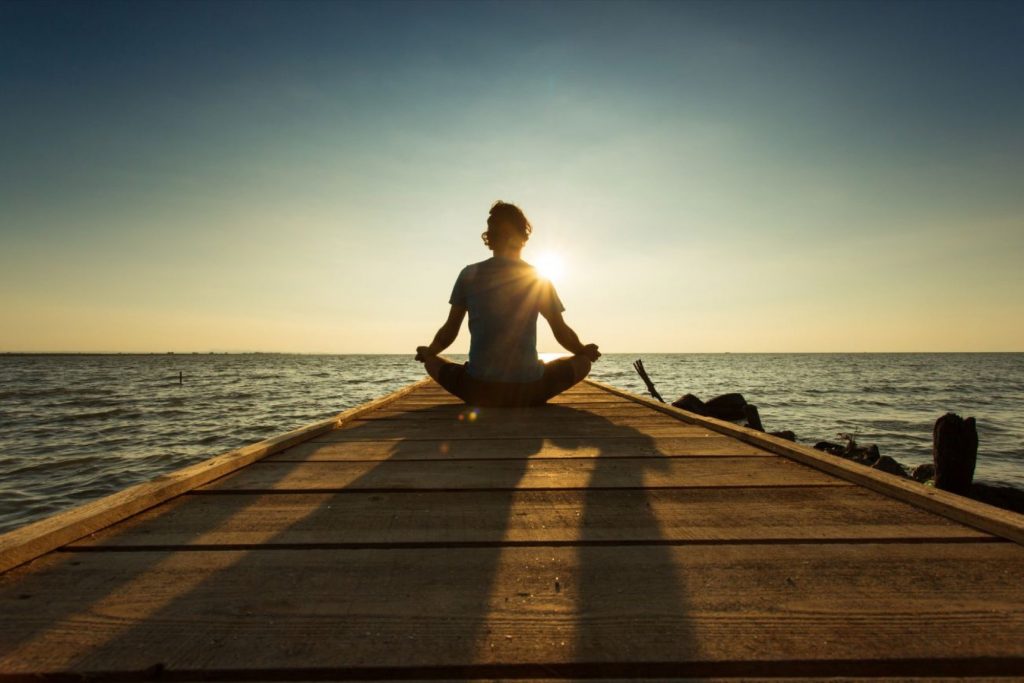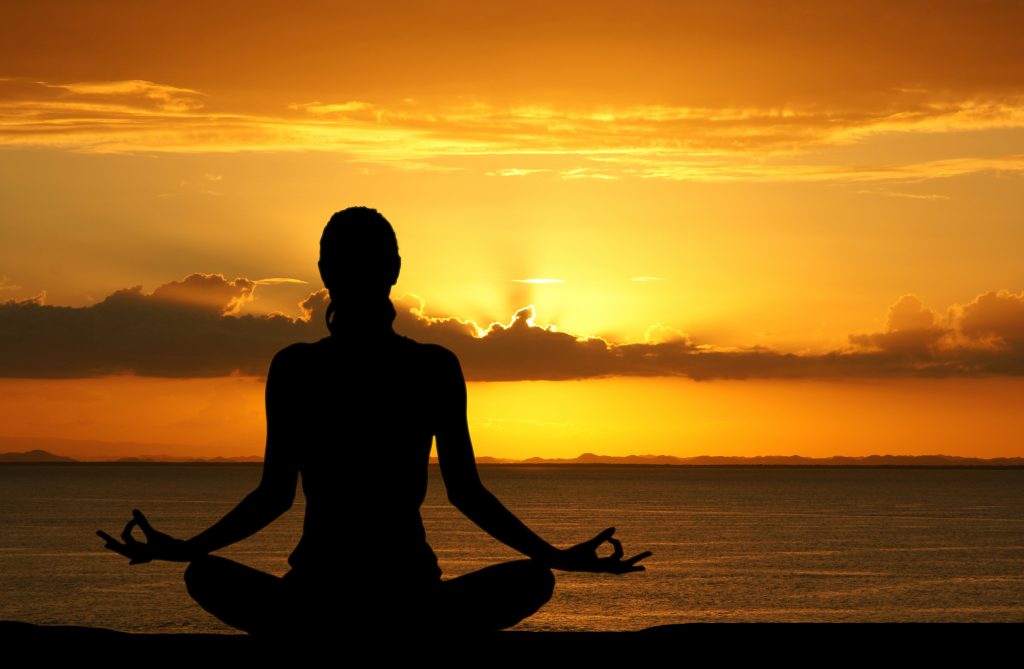There are many different forms of meditation, so it\’s no surprise if you\’ve found it all a little confusing! In response, we\’ve put together this guide to the most popular types of meditation and mindfulness, which we hope will make everything a little clearer.
At Beeja, we believe in the life-changing impact of the personalised mantra-based practice we teach at our meditation centre in London. History is on our side; the method we share is derived from Vedic meditation, one of the oldest meditation traditions in the world. And this trust is reinforced every day by the people we’ve taught, who tell us how they’ve benefited from Beeja meditation.
Beeja meditators include students and celebrities, kids and parents, creative self-starters and multinational company executives. They report a multitude of physiological and psychological benefits as they access new stratospheres of success in their personal and professional lives. Transformations regularly reported back to us by alumni from our courses and classes include thinking more clearly, concentrating more deeply, and enjoying healthier relationships, as well as the body functioning better, with changes like easier digestion and improved sleep. This coheres with the growing scientific evidence base documenting the wonders that mantra meditation can work.
However, we are cognisant of the fact that the Vedic method we favor is just one of the infinitely diverse array of possible practices. We also understand that familiarising yourself with all the different types of meditation in order to choose the one that’s right for you can feel like an impossible task. We’re not shy about extolling the advantages of the Beeja method (unless, of course, you ask us during our practice time itself, in which case we’re, er, quietly confident!). Nevertheless, to help you get started exploring meditation, we’ve put together this handy guide to introduce you to the fundamental characteristics of some of the most popular techniques.
Zen meditation
Zen is of the most bandied-about concepts that you’ll find when you enter the realm of meditation exploration. Your first impression is likely to be that it is a mental state, which meditation of all types is, in some oblique way, the means of accessing. In fact, “Zen” means concentration or meditation, and relates to a traditional Buddhist practice which originated in 7th century China. It is a silent practice which helps promote acceptance and awareness.
Zen meditation involves sitting still, usually concentrating on the breath. By noting the thoughts that come up without self censorship, you can learn more about the workings of the mind. Zen meditation can be practiced without the breath as a focal anchor, simply noting the thoughts that arise during practice – in either case, it is important to treat the practice itself as the end goal, rather than as a process that you hope will be transformational. Zen meditation is frequently practiced in groups, and silent retreats devoted to this type of quiet contemplation are popular worldwide.
Mindfulness meditation
Mindfulness meditation practice is aimed at helping you develop skills to use in everyday life, to protect your mind against getting dragged out of the present moment by any trains of thought that pass through it. Although noticing that we’ve been distracted and coming back into the room is an ability that we all have already, mindfulness practice can help you hone it, learning a variety of sophisticated techniques that help you to categorise – and distance yourself from – different types of thoughts that crop up.
Your practice can be geared towards cultivating particular qualities and abilities, such as openness, generosity, or diffusing anger. People practicing mindfulness often rely on guided meditation, in which each session consists of a recorded voice taking your mind on a journey.
Vipassana meditation
Not for the faint-hearted, Vipassana meditation involves training yourself to curb your reactions. Practice typically takes place over a number of days, in which your time is spent sitting cross-legged, with silent breaks for eating and sleeping. As time progresses, you become more adept at enduring inevitable psychological and physical discomforts that arise.
Your aches, pains and qualms will ebb and flow as you meditate, in a specific order, on how different parts of your body feel. This exercise is called a body scan. Vipassana meditation increases your resilience, readying you to approach any challenges that arise in life with the same strain of stoic non-reactiveness.
Metta meditation (loving-kindness)
The purpose of metta bhavana, or loving-kindness meditation, is to increase your propensity for compassion. An extended form of mantra-based meditation, the practice generally involves directing energy towards oneself first, and reciting a sequence of phrases related to wellbeing. For instance, “may I be free from suffering,” “may I be healthy and strong,” and “may I be happy.”
A heart-opening practice, you then go on to extend these same wishes to others, by repeating the same phrases while thinking of a loved-one, followed by someone from the fringes of your circle, someone with whom you have a difficult relationship, and finally all beings. During your practice, paying attention to the feelings in the feelings in your heart center is recommended, as this is where – in the Buddhist tradition which metta comes from – the transformational changes associated with practicing loving-kindness are activated.
Chakra meditation
Stemming from early traditions in Hinduism, the chakras are various points in the physical body which store particular psychological and spiritual energies. Each chakra is denoted by a different colour. For example, the root chakra (red), is located at the base of the spine and governs your sense of connection to the wider world, and the security you feel in terms of accessing fundamental needs like food and shelter. The sacral chakra (orange), is located just below the naval, and governs your sexual appetites and creative energy.
The philosophy of chakra meditation is that, for good emotional and physical health, each chakra must be unblocked, so that energy can flow freely through it. Blockage of any given chakra is believed to cause a surplus of energy to flow to the functional ones. Any given chakra being blocked can be identified by analysing the problems and/or physical ailments affecting a person. Guided meditations are often helpful to those starting out with this form of meditation, to learn how to spotlight each chakra. Intuition about which chakras need opening during your practice is understood to develop over time.
Focussed attention meditation
Traditionally a Buddhist practice, focused attention meditation involves a sustained period in which your attention is directed towards a specific external stimulus. Other thoughts may come, go and hover in the background, but the goal of the practice is to remain, as much as possible, fixated on your stimulus of choice. Your focus of choice may be a sound, such as the tick of a clock, or a visual entity, such as raindrops on a windowpane or a candle flame. This type of meditation helps improve your focussing skills generally, by increasing your ability to note and disengage from distractions, and to return to the task at hand.
Vedic meditation
Stemming from the advanced Vedic civilisation in northern India around 10,000 years ago – the culture which gave us other enduringly intrinsic facets of human existence like mathematics, surgery and yoga – Vedic meditation is a mantra-based meditation technique. A form of Vedic meditation, known as transcendental meditation (TM), became popular in the West in the 60s and 70s.
An aspect of TM which is particularly well-loved by the people who practice it is its simplicity. Not only is it really easy to take up, but you also typically begin to feel the benefits of meditating almost immediately, rather than needing to go through a grace period in which you persevere, wondering if it’s ‘working.’ This is the technique which we teach at Beeja, personally identifying an ancient Sanskrit mantra for each person who visits us.
In keeping with being the oldest and easiest technique, all you need for Vedic meditation is your mantra. Free from reliance on recordings or the devices that play them, this gives you the opportunity to unplug and head out and continue your transformation – with your blossoming confidence and your tool for expanding it – anywhere in the world.
If you are interested in discovering whether the oldest and simplest meditation practice in the world could be for you, check out our classes and courses in London.

The Benefits of Beeja Meditation
- Reduce stress and anxiety
- Greater clarity and calm
- Increase focus
- Enhance relationships
- Sleep better
- Feel energised



